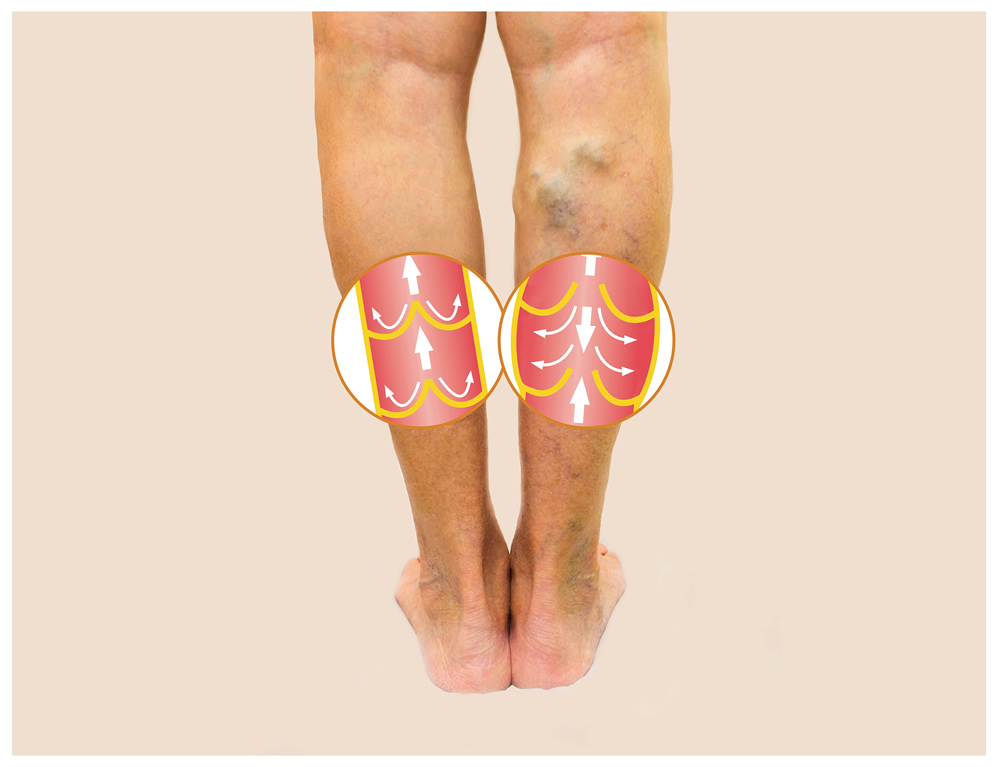- Home
- Clinical Services
- Blood Clots
Blood Clots
Arteries carry blood away from the heart to the entire body, and veins return the same blood from the body to the heart. Within the leg, there are generally two zones of veins, deep veins and superficial veins, both of which transport blood up the leg from bottom to top. Each vein system has one-way valves that help direct the blood against the pressure of gravity.
Blood has cells and properties that allow normal clot formation to occur, and this helps when one has an injury or surgery. The process of clot formation and dissolution is normally a tightly regulated process that helps prevent us bleeding excessively under normal conditions.
This delicate balance of making or preventing blood clots can be upset by either internal or external factors. Both the deep and superficial veins can develop blood clots, and when these clots occur, patients often feel pain, swelling, heaviness or discomfort in the leg. The consequences and management of leg blood clots depends largely on the location of the clot, the patient’s symptoms and the associated medical problems.
Awareness and diagnosis are the keys to successful treatment of venous blood clots. Venous duplex ultrasound is the diagnostic test most commonly used to evaluate leg veins, as it is non-invasive, very accurate, and gives essential information for decision making regarding treatment.
Deep Vein Thrombosis
Deep vein thrombosis (DVT – blood clots in the deep veins of the leg) may be life-threatening, especially if they migrate to the heart and lungs. Superficial clots pose less of a risk to patients, but are often painful, take many weeks to resolve, and often indicate underlying problems with varicose veins.
It should be noted that blood clots in the veins are not the type of blood clots that cause stroke. Such clots occur in the arteries.
Meet the Doctor

a varicose vein specialist in El Paso, TX and certified by the American Board of Venous and Lymphatic Disease.
Read More
